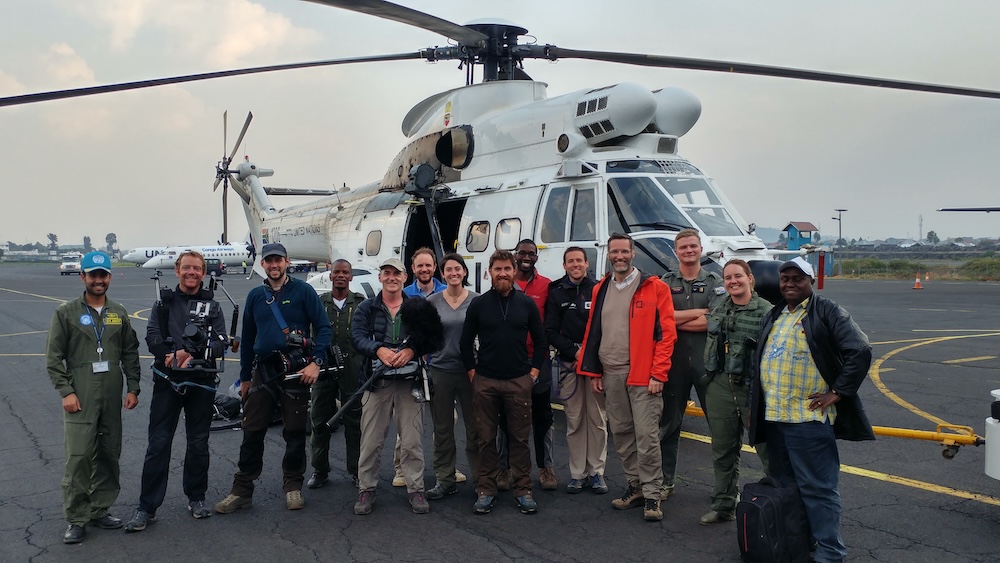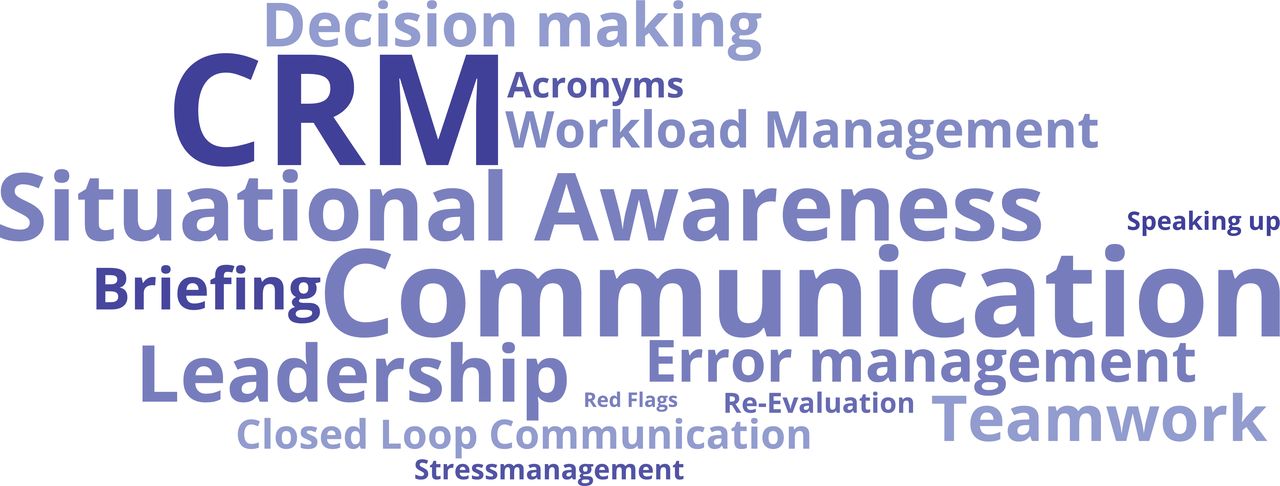
Picture this…
You’re standing on a ridge in the high mountains. The wind is picking up, clouds are boiling on the horizon, and your team is debating whether to push on or turn back. Everyone is competent. Everyone is experienced. And yet, history shows that it’s in moments like this — when fatigue, ambition, and group dynamics collide — that disaster can strike.
That’s where human factors and crew resource management (CRM) come in. It’s not about fancy gear or heroic interventions. It’s about understanding people — how we think, communicate, and make decisions under stress. In the expedition environment, where real life is put under a magnifying glass, that can be the difference between triumph and tragedy.
The Human Factor: Our Greatest Strength, Our Greatest Risk
Human factors is a catch-all term for the psychological, social, and organisational influences that shape performance. Things like fatigue, authority gradients, cognitive biases, and communication style. Individually, they might seem minor. But in the wild — on a glacier, in a desert, or deep in the jungle — they get amplified. Your blind spots become everyone’s problem.
A classic example is the Tunnel Creek avalanche in 2012. A group of elite backcountry skiers — many of them professionals — found themselves caught in a deadly slide. They had the right training, the right equipment, and the right experience. But a cascade of human factors led them down the wrong path. If you don’t know the story, I high recommend you watch this video…
In this video, we see examples of two of the most common heuristic traps in the outdoors environment. Groupthink, and social proof.
- Groupthink: “If everyone else is going, it must be fine.” – A mode of thinking that people engage in when they are deeply involved in a cohesive group and there is a strong desire for unanimity, which overrides the realistic appraisal of alternative courses of action.
- Social proof: “If they’re doing it, I should too, I don’t want to be the outlier.” – A psychological effect where people make decisions and conform to the actions of others, assuming that those actions represent correct behaviour.
Whilst these might both sound very similar, they’re not. Groupthink is a group-level decision-making process, while social proof is an individual psychological motivation that drives conformity.
The lesson? Even the best-trained individuals aren’t immune to human error.
CRM: Building Safety Nets Into the System
Aviation faced the same problem decades ago: too many accidents caused not by engines or wings, but by human decision-making. Their solution was Crew Resource Management — a structured way of tackling the weak points in human performance.
Think of CRM as extra layers of cheese in the Swiss cheese model of safety. It’s not about eliminating mistakes — that’s impossible. It’s about making sure the holes don’t all line up at once.
In expeditions, CRM can look like:
- Closed-loop communication: Saying things out loud, confirming, clarifying.
- Checklists: Not glamorous, but lifesaving.
- Planning and contingencies: Asking “what if?” before you need to.
- Leadership and followership: Leaders adapting their style, followers empowered to speak up. Shared decision-making and flattened gradients. Go read up about situational leadership theory here.
- Stress & fatigue management: Because tired brains make bad calls.
When these practices are embedded, teams develop situational awareness — a shared mental model of “what’s happening, what it means, and what we’re going to do about it.”
From Flash Teams to Pro Teams

Most expeditions start as flash teams: groups of individuals chasing a personal goal. That’s not inherently bad — but without strong communication, structure, and trust, flash teams are fragile.
The goal is to evolve into a pro team: one that prioritises collective success over ego, communicates openly, delegates wisely, and adapts to change. In a pro team, leadership is proactive but flexible, and followership is valued just as much as command. Because on an expedition, it’s not about who gets to the top first. It’s about whether the team gets back down safely — together.
The Takeaway
Human factors and CRM might sound like dry academic concepts, but in the expedition environment they are anything but. They’re the hidden threads that hold a team together when the environment conspires to pull it apart.
Forget the cutting-edge gadgets or the “gucci interventions.” The real lifesavers are conversations, checklists, shared awareness, and the humility to speak up.
In the end, surviving and thriving in extreme places isn’t about conquering nature. It’s about understanding ourselves — our flaws, our limits, and our ability to work as a team.

